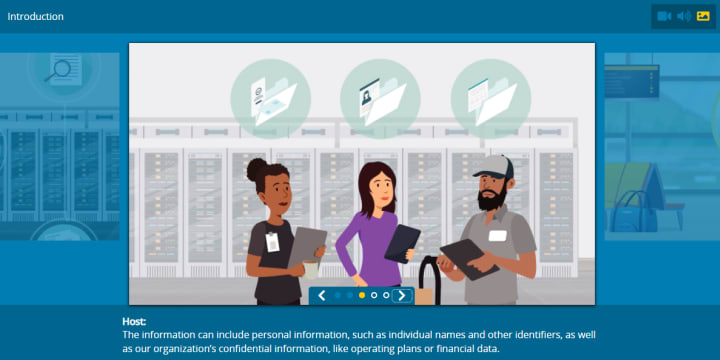With the pandemic taking its toll, it’s easy to forget the U.S. census 2020 is going on. Every ten years the census counts every person living in the United States and five U.S. territories. Data from the census drives government and business decisions for the next decade.
U.S. census 2020 has hit a few bumps. Most recent was the decision to end all census counting efforts on Sept. 30th, threatening the accuracy of the population numbers. The rush to finish early could lead to a botched census count. At this time, 4 of 10 households nationwide have yet to be counted.
Whether it’s purely politics, influenced by COVID-19, concerns over privacy, or a combination of all three, the result is the same: 2020 census data runs the risk of being incomplete or incorrect. That should be alarming to everyone.
The 2020 census will determine congressional redistricting, which in turn informs how hundreds of billions of dollars in federal funding are allocated. Over 100 programs are funded based on census data, including Medicaid, Head Start, school lunches, highway plans, and support for firefighters.
Business also uses census data to make organizational decisions, and that’s where having a botched census count could lead to a business risk. False assumptions lead to bad decisions.
Census impact on site selection
Business relies on census data to make decisions about where to open stores and where to expand operations.
Consider the example of a manufacturer with dealerships and repair facilities across the U.S. Customer satisfaction scores were spotty with some rating service as excellent, while low scores reflected areas experiencing poor service. Customers complained about travel time to appointment and quality of service.
Company planners wanted to relocate locations to improve customer service, but management balked at the high price tag. Management needed more proof. Using census data, planners identified businesses that typically use their vehicles throughout covered service areas. Overlaying a map of company service facilities areas revealed customers that lacked dealerships or repair facilities within 50 miles. The census data told the story of opportunity. Management bought it, planners’ plan was green-lighted, and customer satisfaction jumped due to the new, closer locations.
Business relies on census data to make decisions about where to open stores and where to expand operations.
This success story is at risk if the census data isn’t accurate. Another manufacturer with nationwide locations using 2020 census data might reach a different conclusion with consequences from doing nothing to putting services in the wrong locations.
Census impact on****business expansion
Yes, we’re in the middle of a pandemic, but business is already planning on expansion after the pandemic. They need data to support their decisions and minimize risk. Population trends and growth projects culled from census data inform business where to recruit employees and what products and services to sell.
Let’s consider the example of a small restaurant chain in the Southwest. Ownership wanted to add a drive-thru window to each of the five restaurants but was unsure if added sales would warrant the investment and the disruption from construction. Plus, the restaurant chain would need a business loan. Ownership asked around, but other businesses weren’t interested in giving the restaurant chain a competitive advantage.
The enterprising restaurant chain accessed economic census data to confirm the market strength for food and beverage sales. The census data helped the chain receive funding—a 10-year small business loan to install drive-thrus in five locations. It was a smart move. Sales increased to the degree that the owner was able to pay off the banknote in three years.
Population trends and growth projects culled from census data inform business where to recruit employees and what products and services to sell.
This success story is also at risk using 2020 Census data that is suspect. Business won’t invest or take bold action without supporting data. The fear of making a mistake is too great. What is true with a small restaurant is also true for any organization. Inertia stymies goals and stunts growth. Without reliable data, the marching order is stand pat.
Risk management starts with risk identification
Risk identification is not only the first step in risk management, it’s also one of the hardest. Risk lurks below the surface. It’s the third party in trouble, and the company doesn’t know it yet. Or it’s the company’s IT assets that are at risk, but everything is fine …until threats appear. With census data, the risk is customers not showing up.
Organizations must identify the 2020 Census as a business risk and take steps to minimize the risk. One option to lower risk is to bolster census data with other data, like this source for 33 brilliant and free data sources. Larger organizations have research departments with sources for diversifying data sets. Bottom line: do your due diligence to ensure data integrity.
Data drives decisions. Census data is at risk
The 2020 Census collects data on everyone living in America, which then drives decisions impacting government programs and businesses. But if census data is incomplete or inaccurate, it’s a risk that must be identified and managed, so data can be trusted and invaluable.
For business to come out of the pandemic and see opportunity and seize it, data, including 2020 Census data, needs to tell the story and give leadership the confidence to think big. As for risks, keep them on the radar with an integrated approach that helps protect assets and reach goals.


